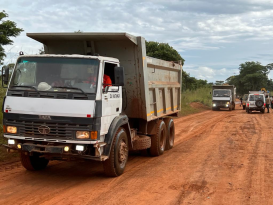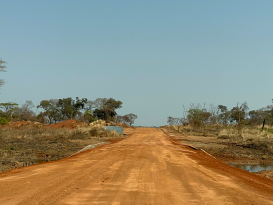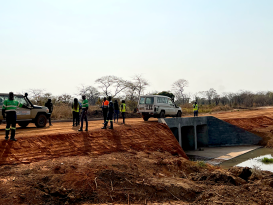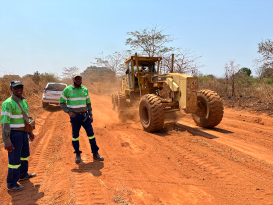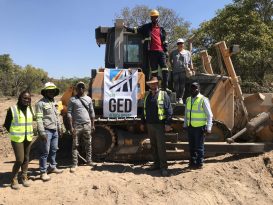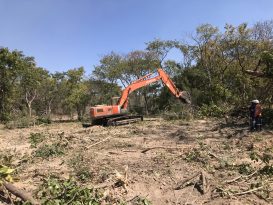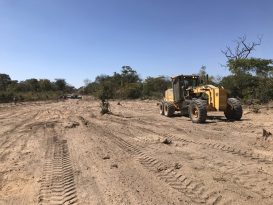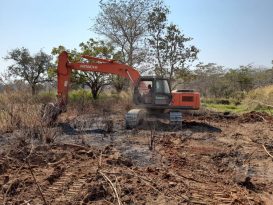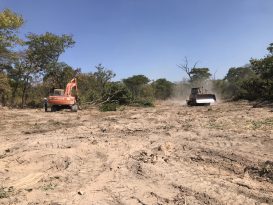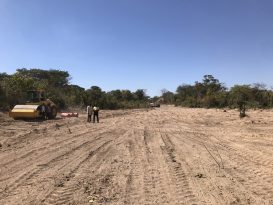
2023 IN REVIEW
CURRENT STATUS
There are existing roads from Kasomeno to Kasenga in the Democratic Republic of Congo and from the bridge to Mwenda in the Republic of Zambia. These largely follow the proposed route and will be upgraded, with a new section of road required from Kasenga to Chalwe, the future bridge site. The area at the Luapula River will form the border crossing and will comprise the bridge itself, one-stop border posts and associated infrastructure.PROJECT MAPS


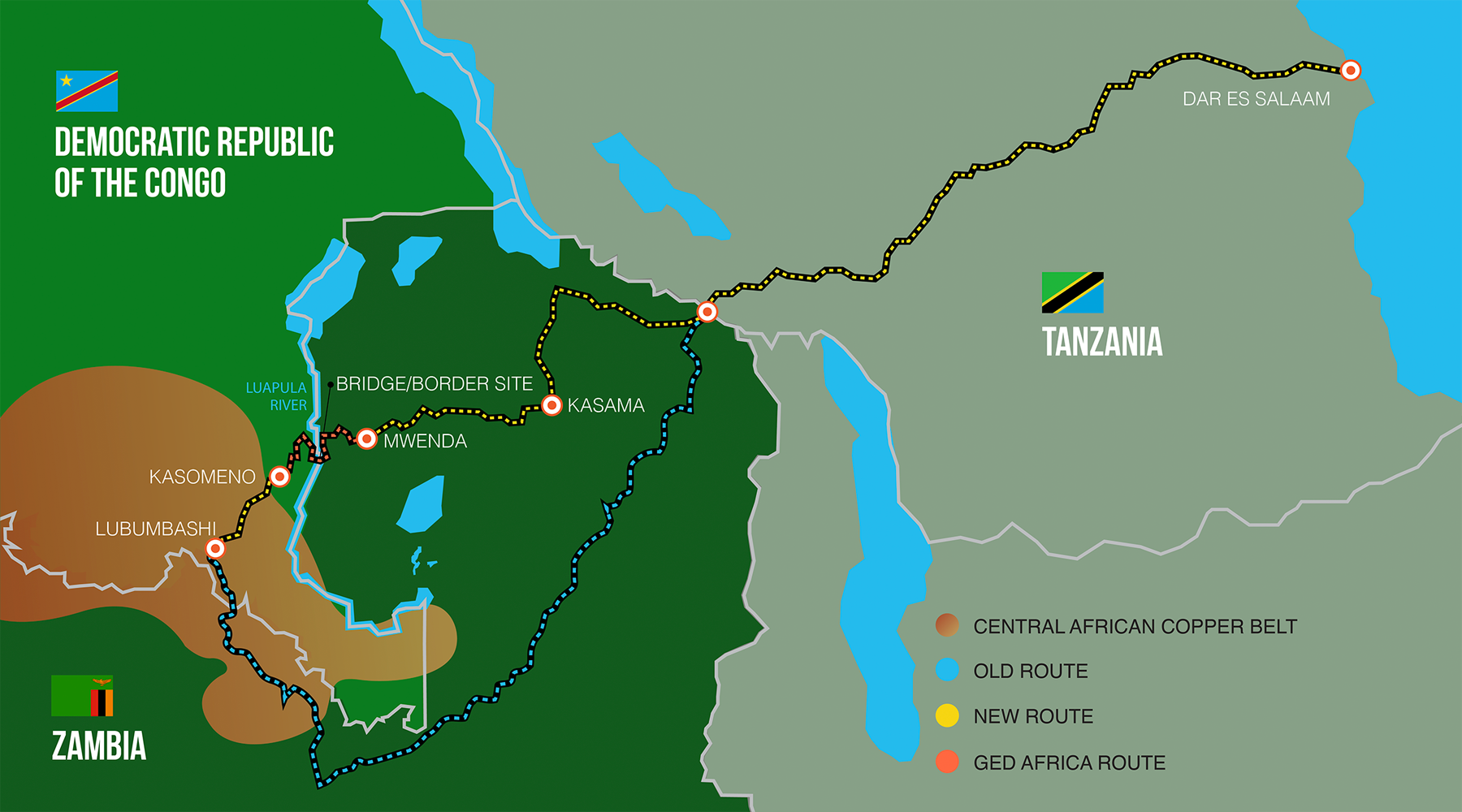
This faster and more effective route to the port of Dar Es Salaam will impact local and international trade.
PROJECT FACTS
The area of stone pitching to be used as erosion protection around the Luapula bridge is 5500m2 ( If laid in a single layer, this would be enough to cover half a soccer pitch)
There will be around 8000m3 of excavations for the Luapula Bridge, which is more that 3 full Olympic sized pools.
The combined length of stay cable strands on the bridge is over 400 km, that’s the length of the entire KMTR road.
A bilateral agreement was signed by the Government of both the Republic of Zambia and the Democratic Republic of Congo in November 2019

Ensure skills transfer and the development of a competitive workforce, that has access to new technologies as well as training, development and localisation opportunities
182km of road will be constructed and/or modernised

Tolling system and associated infrastructure including 12 high-speed, weigh-in-motion, devices will be installed in positions that shall support the monitoring of overloading along the route
A 345m cable-stay bridge will be constructed over the Luapula River in Zambia

One-stop border post on each side of the frontier, with associated infrastructure, parking and warehousing facilities
The design speed of the road in general is 100km/h, with local reductions to 80 – 90km/h where required

An independent audit system will be employed for weighbridge operations
Transporting goods within Africa is up to 3 times slower and up to 5 times more expensive than in other parts of the world




